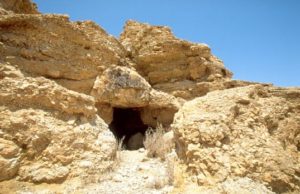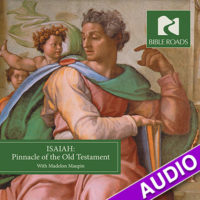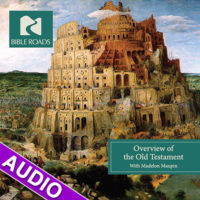Most Bible students are familiar with the archaeological discovery in 1947* of the Dead Sea Scrolls but may not be clear as to why this was such an important find. It’s because this discovery – called the greatest manuscript uncovering of all time — provides a priceless look into the history of Judaism, how the Hebrew Bible developed and the beginnings of Christianity.
After Bedouin shepherds happened upon some of the jars containing the papyrus and leather scrolls (primarily written in Hebrew, with some in Aramaic and Greek), the manuscripts went through a process of being authenticated. Now most scholars tend to agree that they date from about 250 B.C. to 68 A.D. , and their thousands of fragments are still being poured over with the latest scientific techniques, to learn their content.
This cache of scrolls, now referred to as “The Dead Sea Scrolls”, has come from a number of caves in the area and simultaneously gone through a circuitous journey of ownership. A number of them are now safely ensconced in museums such as Jerusalem’s Shrine of the Book, and the Jordan Archaeological Museum in Amman.
The over 900 manuscripts are divided into three major categories: those that are part of the Hebrew canon (or Old Testament to Christians); the sectarian, applying to those peculiar to the residents of Qumran in terms of their doctrine; and other texts that range from legal documents to prayers to comments on Biblical books.
Who were the people of this Qumran area? Many scholars believe they are the Jewish religious group, the Essenes, such as those two Biblical Jewish groups: the Pharisees and Sadducees. The Jewish historian Josephus wrote of them in the 2nd century A.D., explaining they were a celibate people but that is still debated. The longer both the Essenes and these manuscripts are studied the more questions arise, such as were the Essenes’ beliefs similar to those of early Christian groups? Or were they more devoted to legal rules focused on cultic purity?
One of the outcomes of all this scholarly debate is a new field called ‘social archaeology’ which, according to the Bible History Daily, is ‘an established field of research which uses archaeological records to reconstruct the belief system and social organization of past societies.’
Some of the scrolls’ titles include: the Rule of the Community, the War Scroll, a copy of the book of Isaiah, Thanksgiving Hymns, the Genesis Apocryphon, the Copper Scroll and a number of the Hebrew Scriptures’ prophetic books such as Nahum and Habakkuk, and more. And a majority of scholars believe the scrolls to have been written by those living at Qumran who placed them in local caves, vs. being brought from Jerusalem, for example.
An international team of Biblical scholars and linguists have worked decades to make them available now in various published editions. The main ones have been brought together in Jerusalem at the Shrine of the Book but are also occasionally part of traveling exhibits. I recall the moment I stood in front of my first glimpse of a scroll at the San Diego Natural History Museum and read the translation of a line from that fragment that exactly matched a Bible verse I had read that morning. Wow!
The Scrolls reveal how much humanity longs to understand God, writes about God and our experience with the Almighty, encouraging us to acknowledge an unseen Creator who men and women have long recognized and yearned to know, for centuries.





Very interesting, thanks Madelon.
I am so grateful to learn more about the Dead Sea scrolls and to see the cave where they were discovered. I can “travel” to that part of the world via your beautiful videos. Thank you!
Great to learn more about this. Makes me want to dig deeper! Don’t you wonder if there will be more finds in years to come and what we will learn? Truth uncovered!
Thanks Madelon. Yes, fascinating. Enjoying more of “bible history” and various relationships existing between time periods–thanks to you.